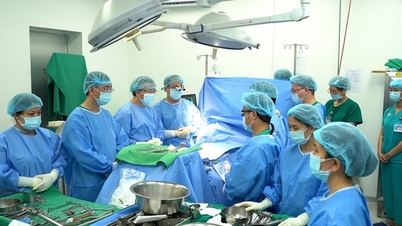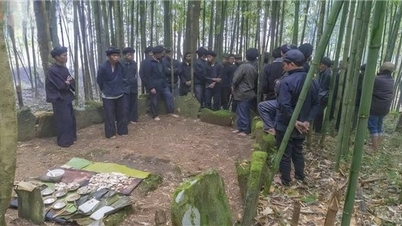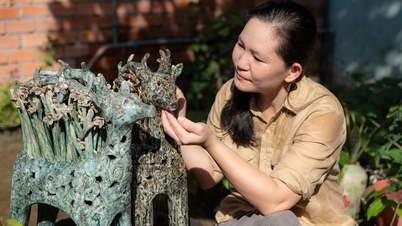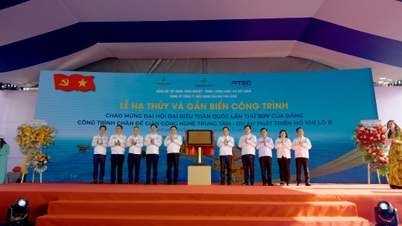
16-year-old boy had successful surgery, regained his voice and laughter after nearly 1 year - Photo: BVCC
Nearly a year ago, PHP (16 years old) had an accident on the way home from school. P. was taken to the emergency room in critical condition with severe traumatic brain injury, deep coma and poor prognosis. Neurosurgeons saved her life.
She recovered completely without any neurological sequelae, but she developed tracheal stenosis, a complication of the endotracheal tube placement. Doctors were forced to perform a tracheostomy to maintain her airway, which meant she lost her voice.
Many times, the family hoped that P. would recover enough to breathe and speak on his own. The family took him to many hospitals to try to remove the tracheostomy tube, but all failed. After a few days, P. had difficulty breathing again, phlegm accumulated, and a wheezing throat.
To sustain P.'s life, doctors were forced to reopen the trachea. All three times the cannula was removed, the trachea had to be reopened. When the family thought they had lost hope, P. was referred by the frontline hospital to the thoracic surgery department (B4), 108 Military Central Hospital.
After careful examination and meticulous assessment of the tracheal stenosis using CT scan, laryngoscopy, tracheoscopy, etc., the doctors determined that this was a stenotic scar lesion right below the subglottis, a severe sequela of long-term intubation and 3 tracheostomy procedures.
Dr. Ngo Vi Hai, head of the thoracic surgery department at 108 Central Military Hospital, said: "We determined that this was a rather complicated injury, with a narrow scar near the subglottis due to intubation and tracheostomy three times, prolonging the injury.
After carefully assessing the patient's injury and condition, we decided to perform tracheal anastomosis surgery to reconstruct the patient's airway.
The surgery was relatively difficult and lasted more than 2 hours, especially the trachea and esophagus were inflamed and stuck together at the narrow scar site and the back wall of the tracheostomy site.
After the surgery, P. was taken back to the ward. As soon as he woke up, P. was able to speak clearly.
According to Dr. Hai, tracheal stenosis is a serious complication of prolonged endotracheal intubation or tracheostomy. The main mechanism is due to the balloon of the endotracheal tube or prolonged inflation of the cannula causing ischemic damage to the tracheal wall.
Irreversible damage causes the trachea to scar and thicken inside and shrink outside, narrowing or even completely blocking the airway, which is very dangerous. Procedures such as dilation and cauterization of narrowed scars have a very high risk of re-narrowing, and at the same time damage the trachea over a longer segment, making surgery difficult.
Source: https://tuoitre.vn/phuc-hoi-giong-noi-cho-thieu-nien-16-tuoi-20250805111505943.htm
































































































![Dong Nai OCOP transformation: [Article 4] Reaching national standard products](https://vphoto.vietnam.vn/thumb/402x226/vietnam/resource/IMAGE/2025/11/11/1762825820379_4702-cac-san-pham-trai-cay-chung-nhan-ocop-nongnghiep-174649.jpeg)



![Dong Nai OCOP transition: [Article 3] Linking tourism with OCOP product consumption](https://vphoto.vietnam.vn/thumb/402x226/vietnam/resource/IMAGE/2025/11/10/1762739199309_1324-2740-7_n-162543_981.jpeg)







Comment (0)